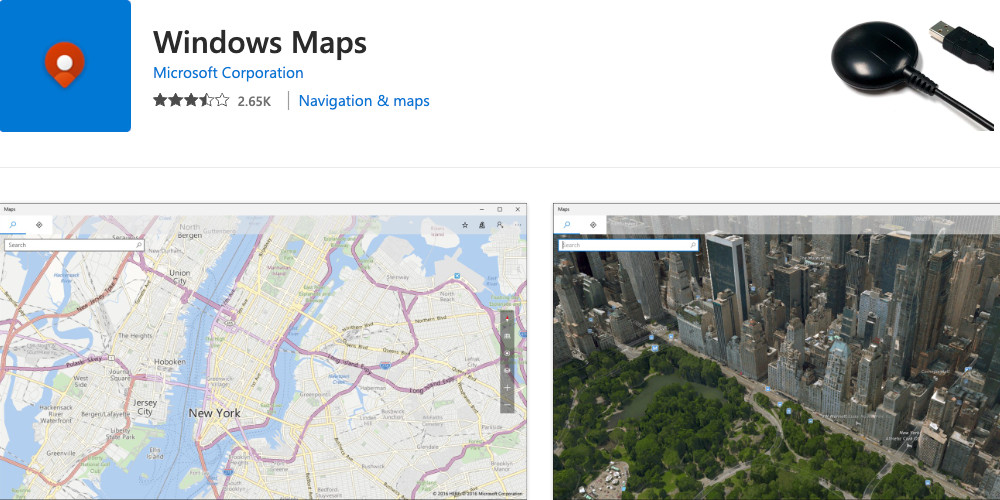This document is compatible with the below GPS/GNSS receivers:
If you have a GNSS receiver of the type Columbus P-9 Race or TOP608BT , please refer to this blog post.
These days, you may have noticed that certain GPS receivers that used to work with older GPS applications, such as Microsoft Streets and Trips, are no longer compatible with newer GPS apps like Windows Maps. But why is this the case?
In the past, GPS apps would typically communicate directly with GPS hardware through a COM port or a virtual COM port emulator that connected to a GPS receiver.
However, with the introduction of Windows 7, Microsoft created a built-in platform that supports sensor devices, including location sensors. As part of this support, the Windows Sensor and Location Platform provides a standardized method for apps to connect to GPS/GNSS hardware. This platform offers developers a standardized API specifically designed for working with sensors and sensor data.
Most current Windows applications, including Windows Maps, no longer directly access GPS hardware. Instead, they utilize the location API. This is why old GPS receivers are no longer compatible with the new apps.
Even as of 2021, there are still not many GPS/GNSS receivers that natively support the Windows Sensor API or Windows Location API. However, we have found that some Ublox chips GNSS receivers come with Windows sensor drivers and are capable of natively supporting the Windows Location API.
The architecture diagram below illustrates the relationship between the Windows Location Platform and Ublox GPS/GNSS receivers.
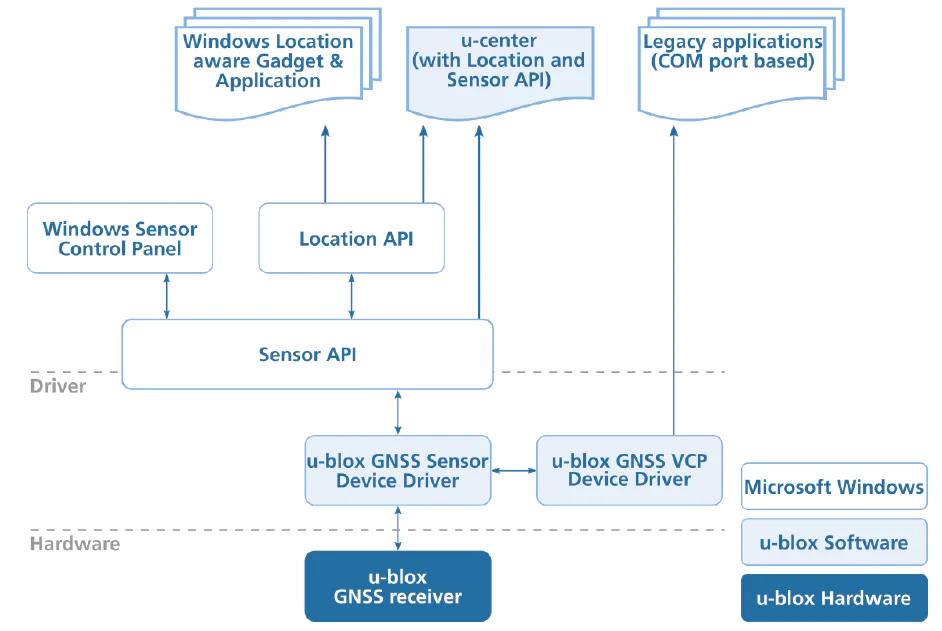
The GNSS100L and GNSS200L GNSS receivers utilize the ublox GNSS chip and are designed to natively support the Windows Sensor API and Windows Location API. In the following paragraphs, I will demonstrate how to connect a GNSS200L receiver to Windows Maps on a Windows 10/11 operating system.
To begin, simply plug in the GNSS200L receiver into a USB port on your Windows 10/11 machine. Windows will automatically install the default “USB Serial Device” driver for the GNSS200L receiver. Please refer to the diagram below for a visual representation of this process.
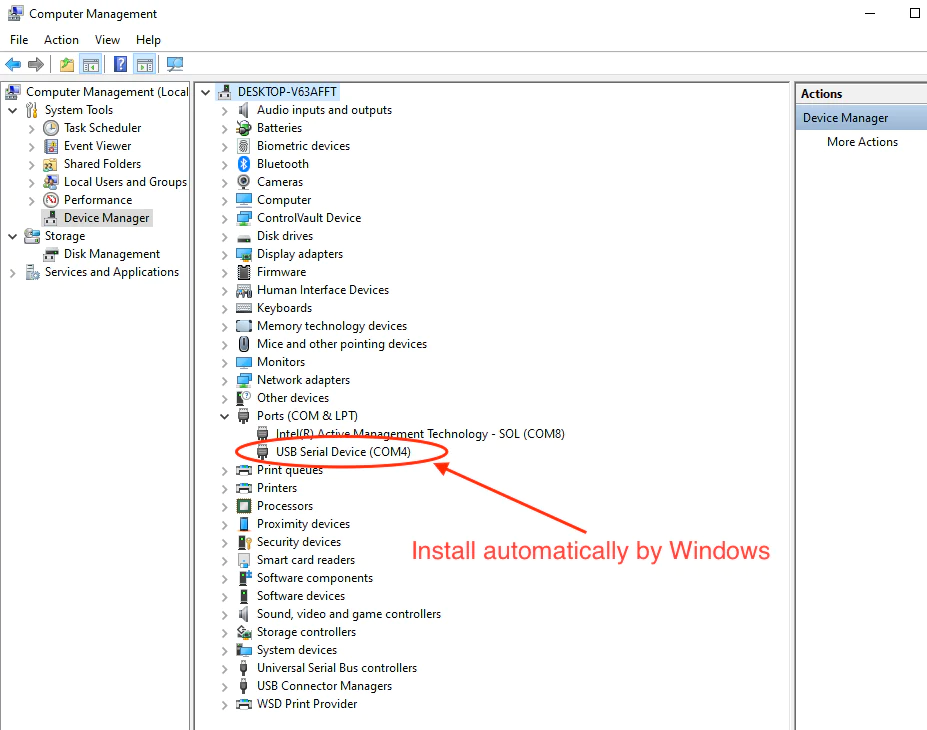
Please download the
u-blox GNSS Sensor Device driver for Windows.
Unzip it and run the installation. Check the “GNSS Sensor Device Driver” as below and press install.
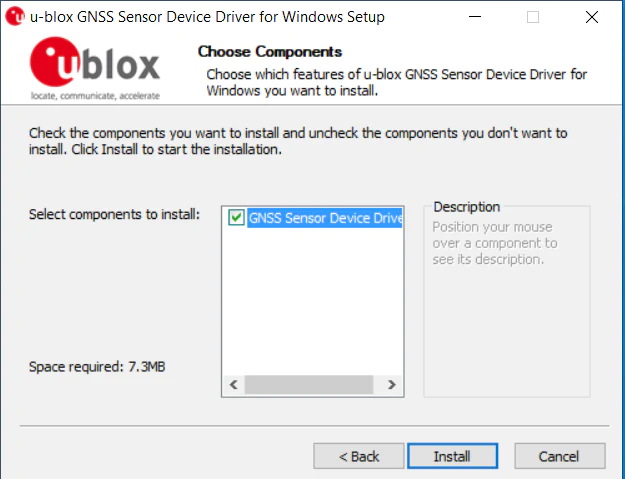
A new “Device Driver Installation Wizard” Windows will show up, please press next.

When the driver has been successfully installed, you will see the screen as below.

Click the “Finish” button twice to close both windows. In the Windows Device Manager, you will notice the presence of one or more “u-blox Virtual COM port” entries and one “u-blox GNSS location Sensor” port, as shown in the example below.
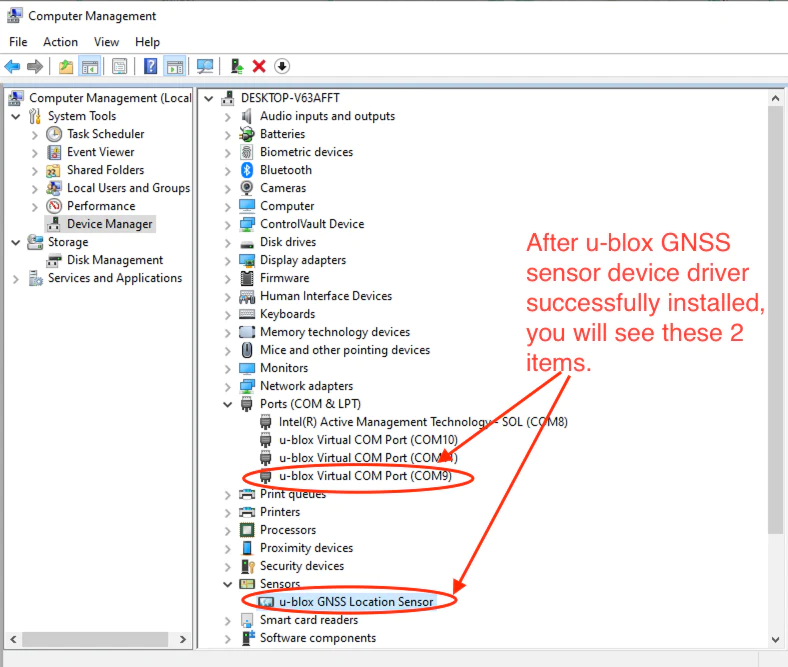
At this stage, you have successfully installed the GNSS200L driver for Windows sensor. Now, please verify the following steps: Click on the Start button, navigate to Settings, select Privacy, and then choose Location. Please ensure that the “Maps” option is toggled ON.

Now please open the Windows Maps.

Click the “Show my location” button. If your current location appears on the map as a blue dot, it indicates that the “Windows Location API” provided by the GNSS200L receiver is functioning properly. If you want to confirm that the location is not being determined by Wi-Fi but rather by the GNSS200L receiver, you can temporarily disable Wi-Fi and test again.
If you’re looking for a GPS / GNSS Receiver mentioned above, you can purchase it from:
https://gpswebshop.com (US & WorldWide)
https://canadagps.ca (Canada)

